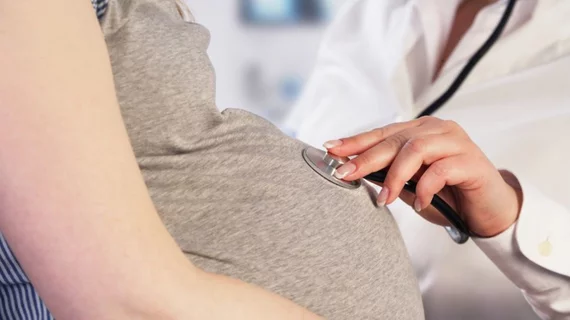AAPM details policy decision on patient shielding during x-rays
The American Association of Physicists in Medicine (AAPM) has published an open letter explaining its recent decision to recommend against patient gonadal and fetal shielding during x-ray examinations.
The open letter is available in full online. It is specifically addressed to "the x-ray imaging community" and signed by AAPM President Cynthia H. McCollough, PhD. The letter opens with a note that “there has been considerable discussion” on the subject of patient shielding during x-rays since the position statement was published back in April.
“The AAPM position statement reflects the growing consensus among medical physicists that the routine use of patient gonadal and fetal shielding, once a mainstay of patient radiation protection, may no longer be best practice for protecting our patients,” according to the letter. “Since its release, the AAPM statement has been endorsed by the American College of Radiology, the Canadian Organization of Medical Physics, and the Health Physics Society.”
The AAPM used the open letter to emphasize its reasoning for publishing the position statement in the first place—to inform the various stakeholders within the x-ray imaging industry.
“Its purpose is to educate the imaging community that these shields provide no tangible benefit to patients, slow down workflow, and in a small number of cases, compromise an exam by blocking important patient anatomy or increase patient dose when detected by an automatic exposure control system,” according to the letter.
McCollough also wrote that the AAPM’s position statement “was intended to be the beginning of a much larger conversation” and highlighted the importance of imaging specialists working together.
For more on this subject click this Q&A from February 2019 with two medical physicists about patient shielding in radiology.

